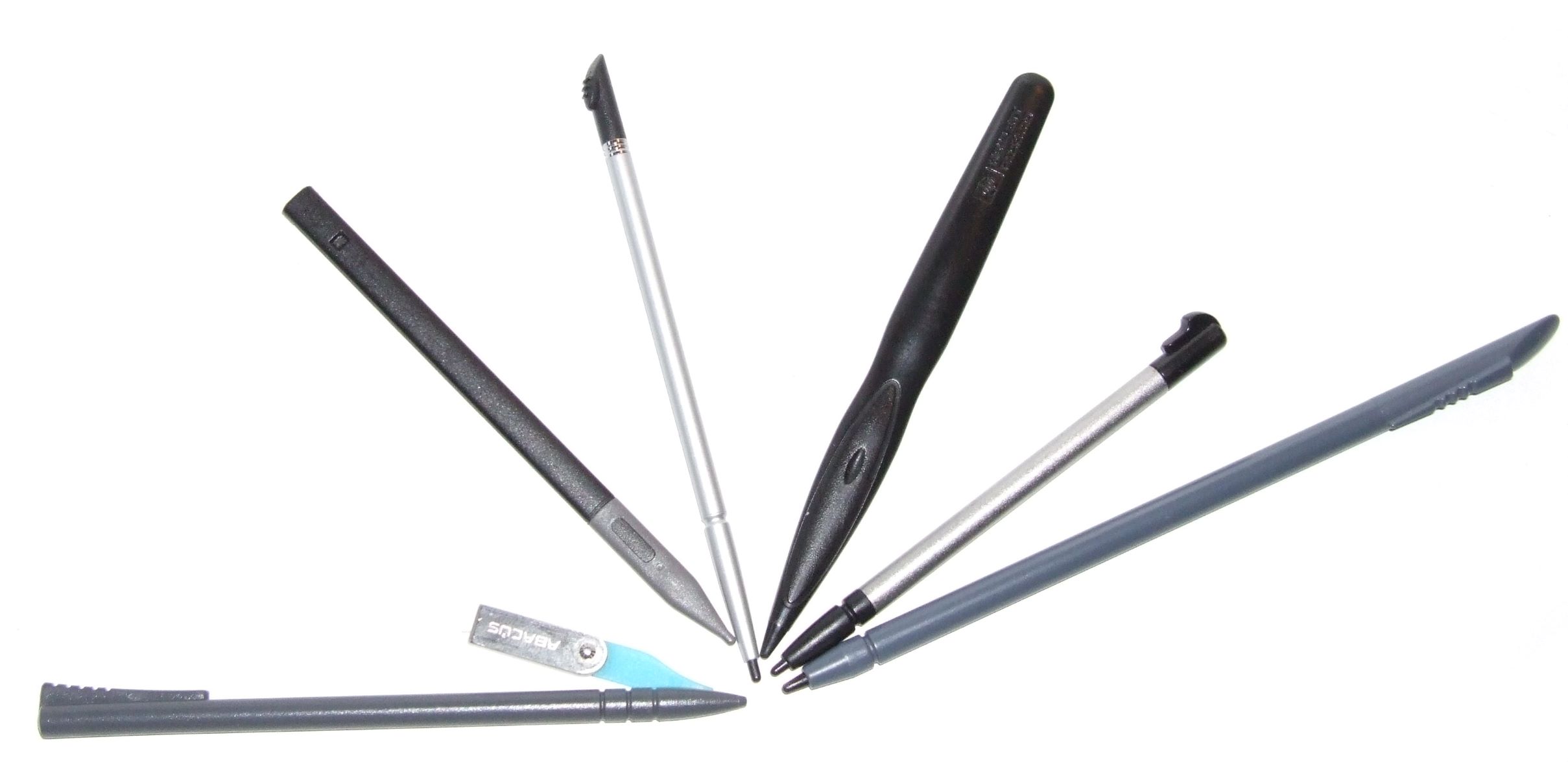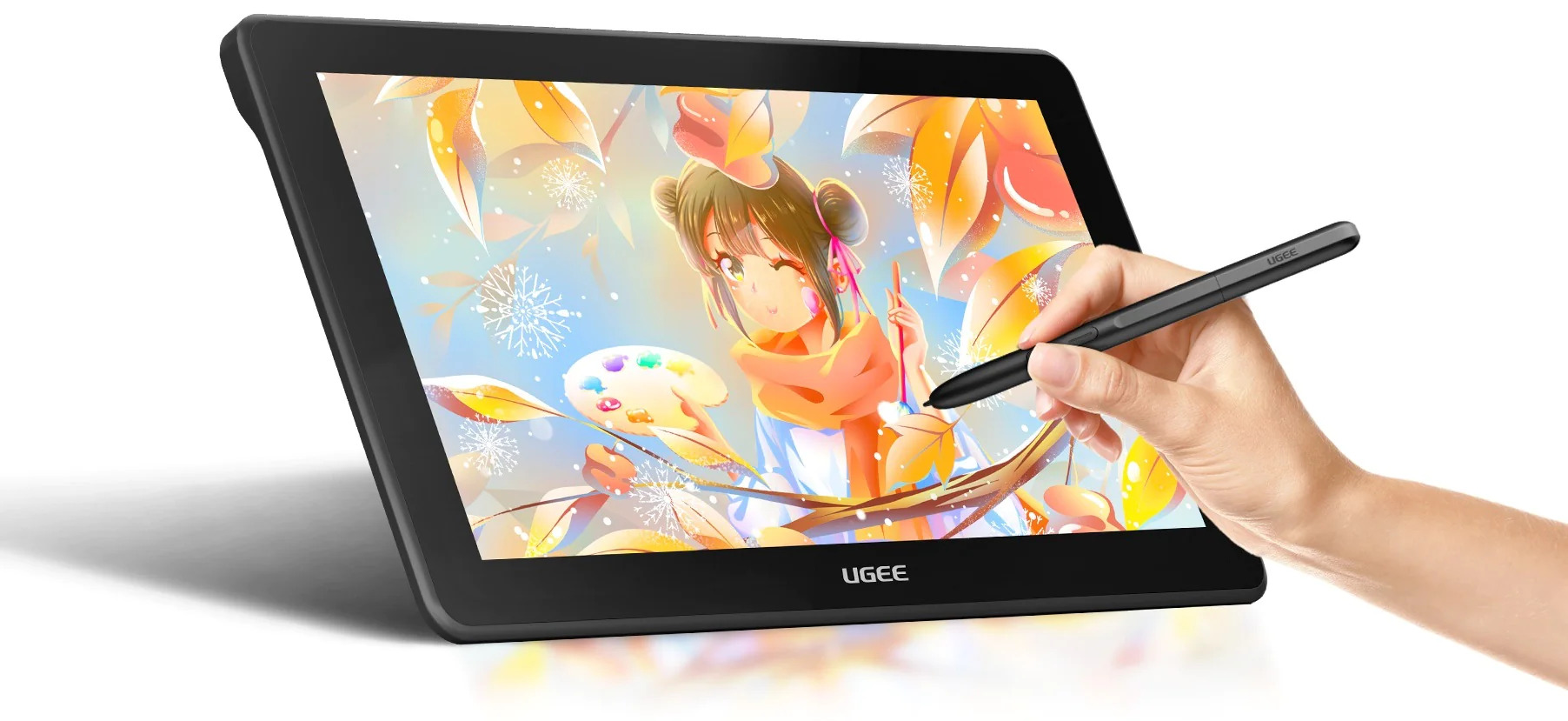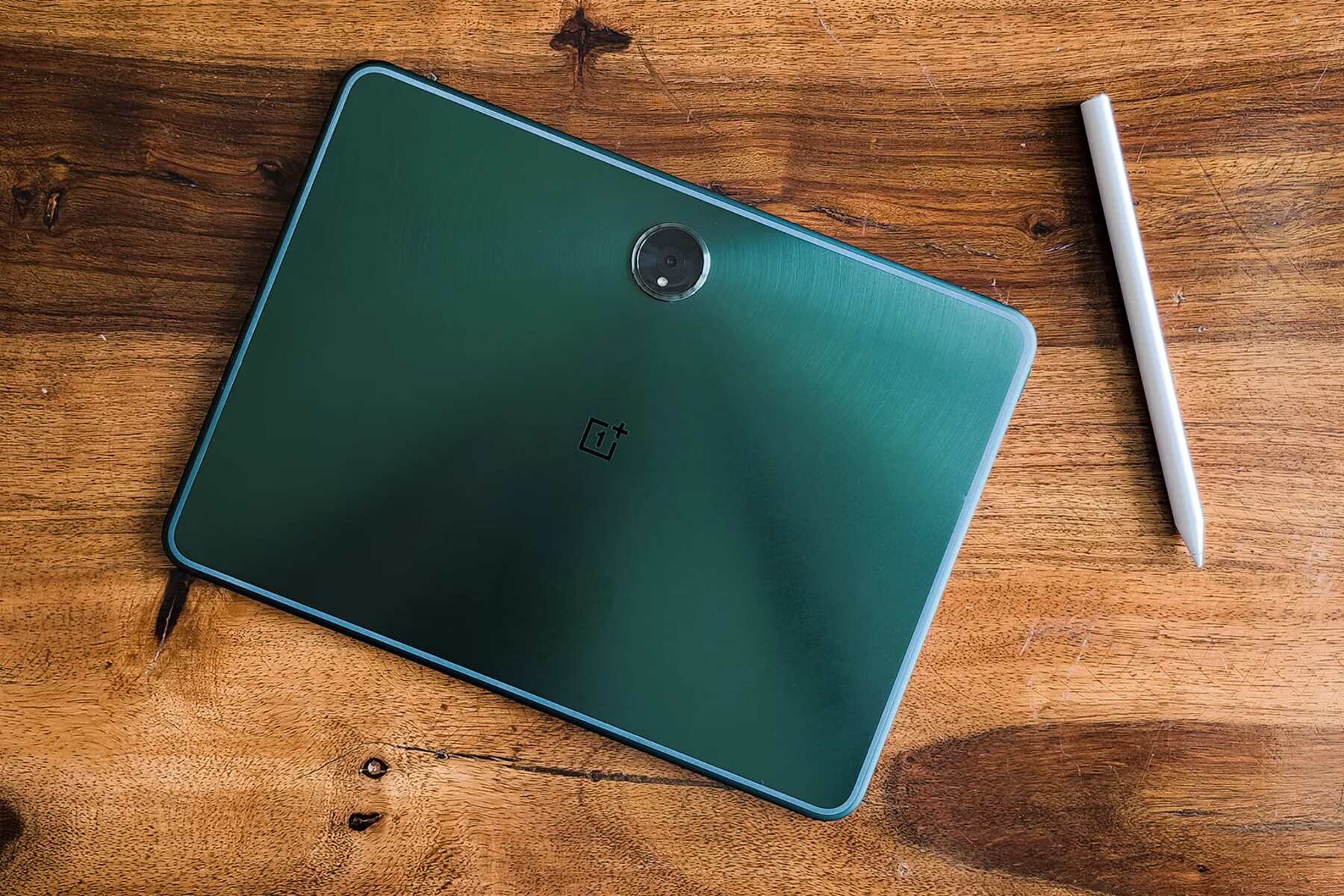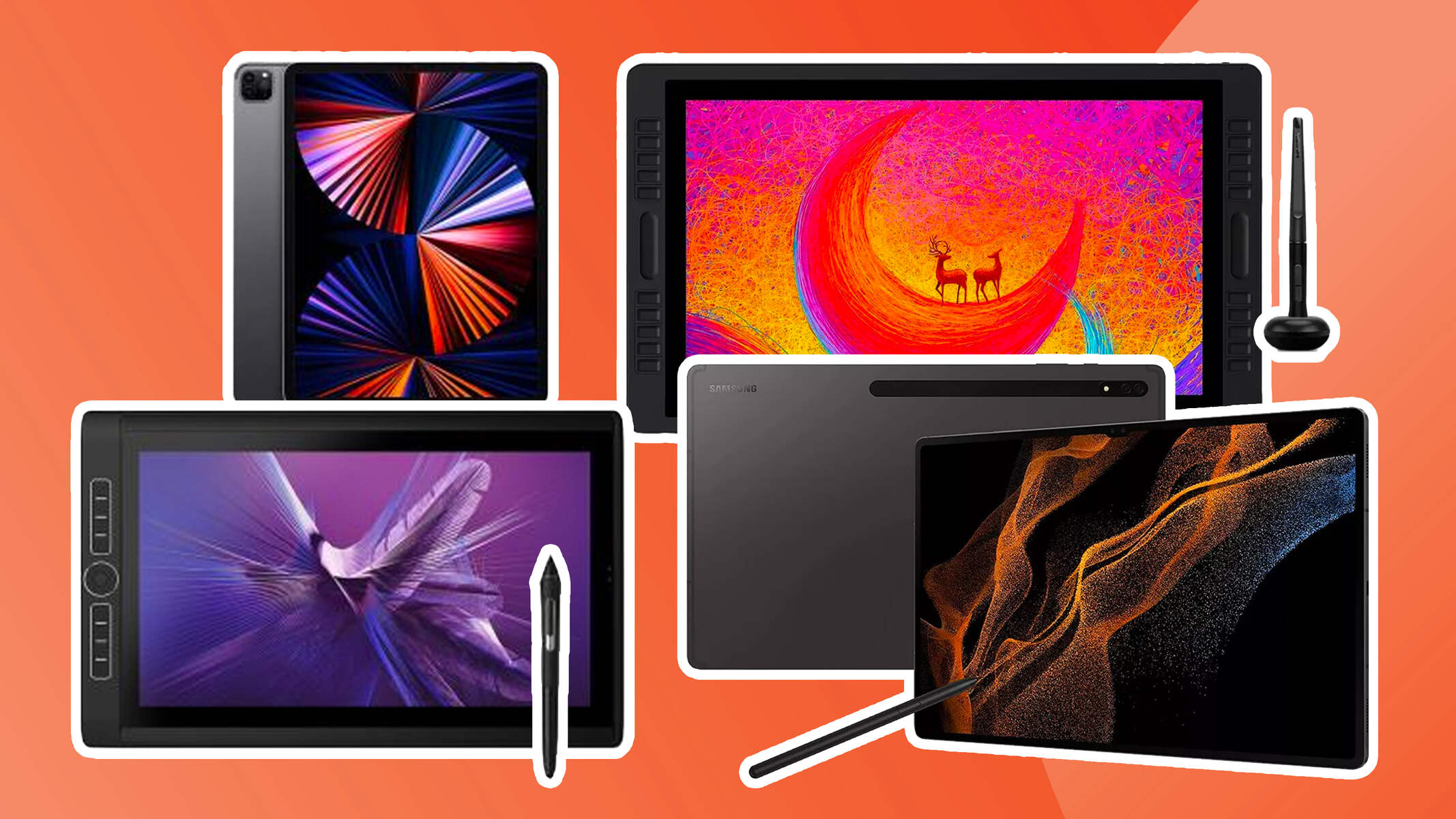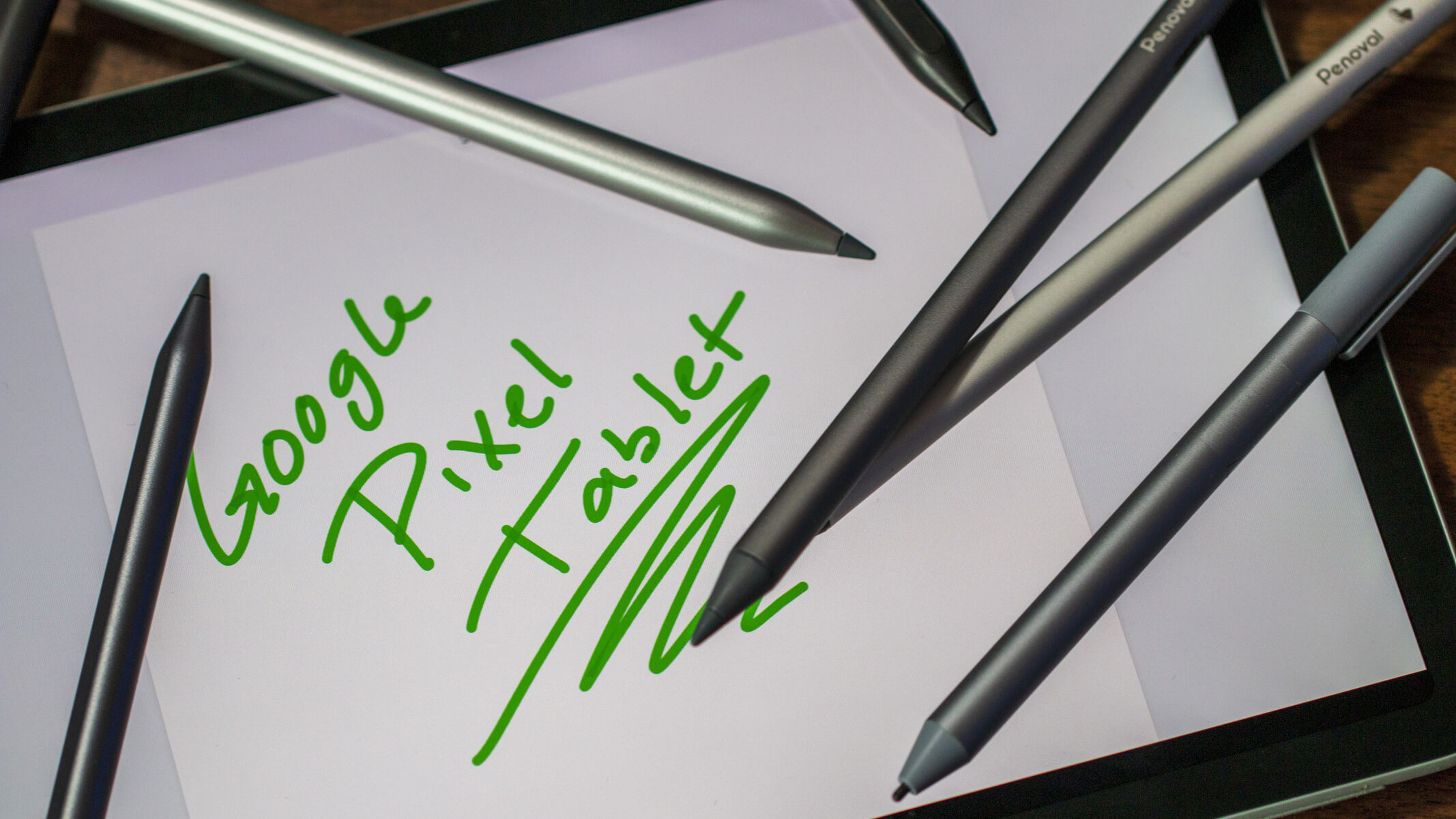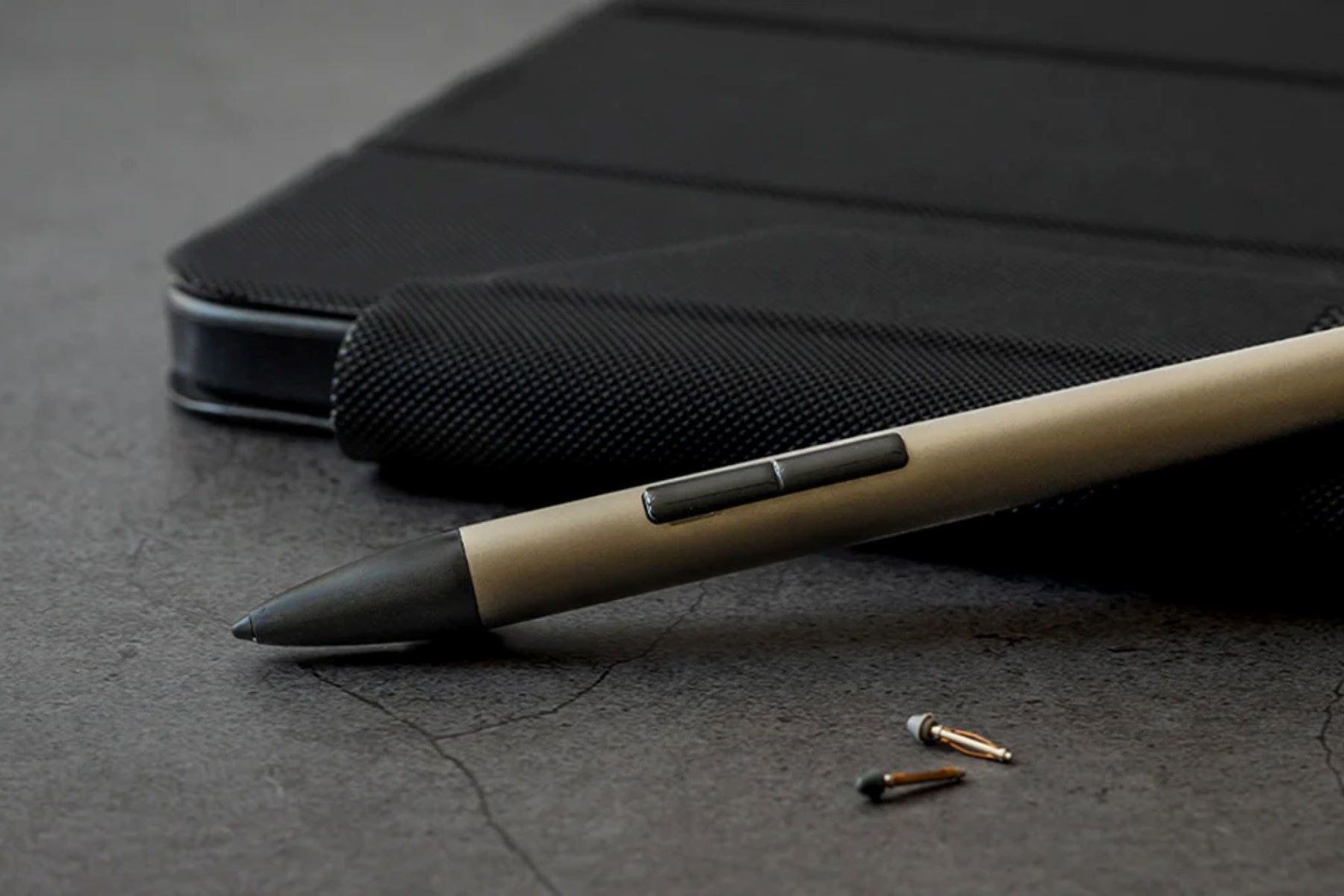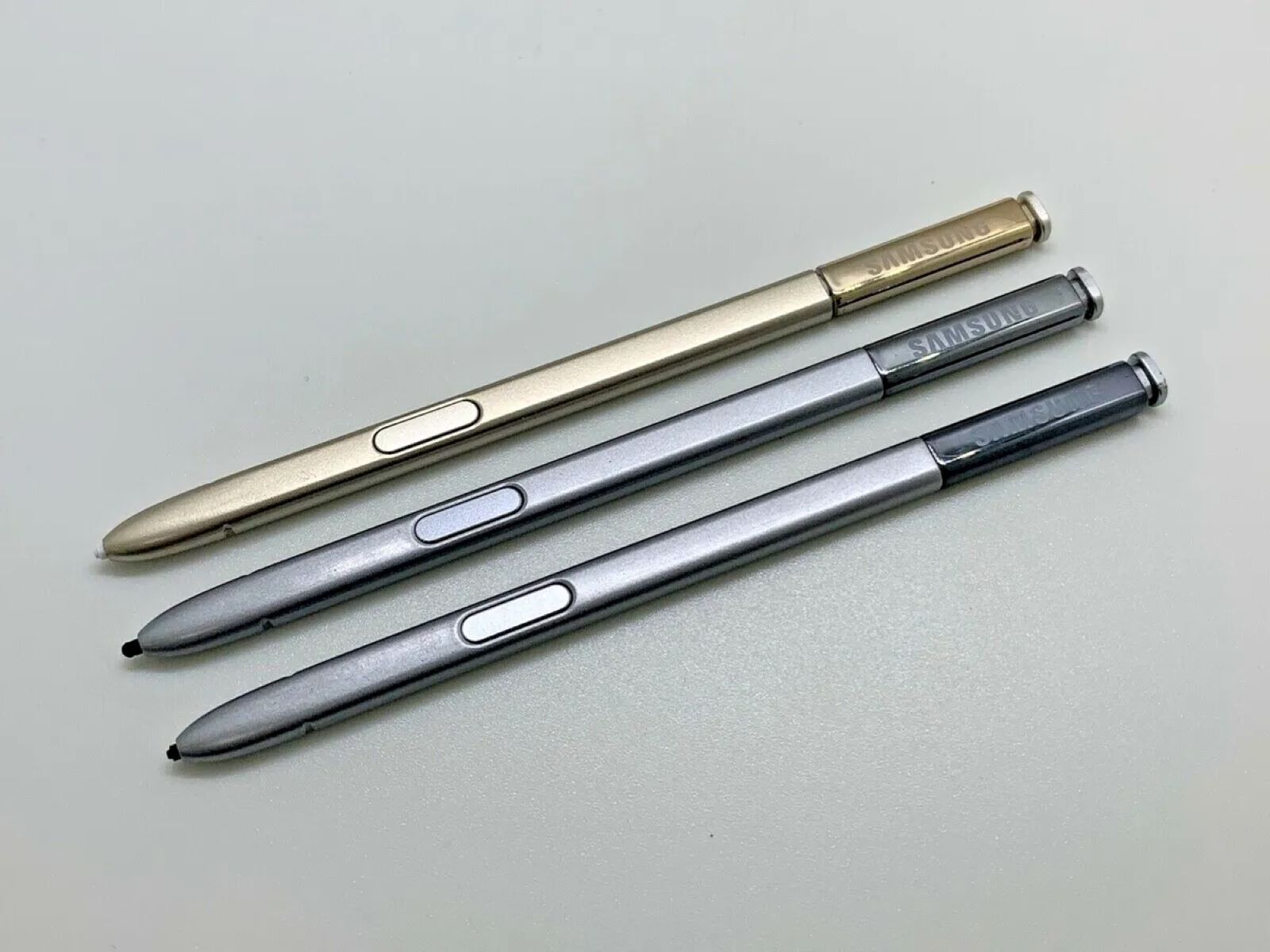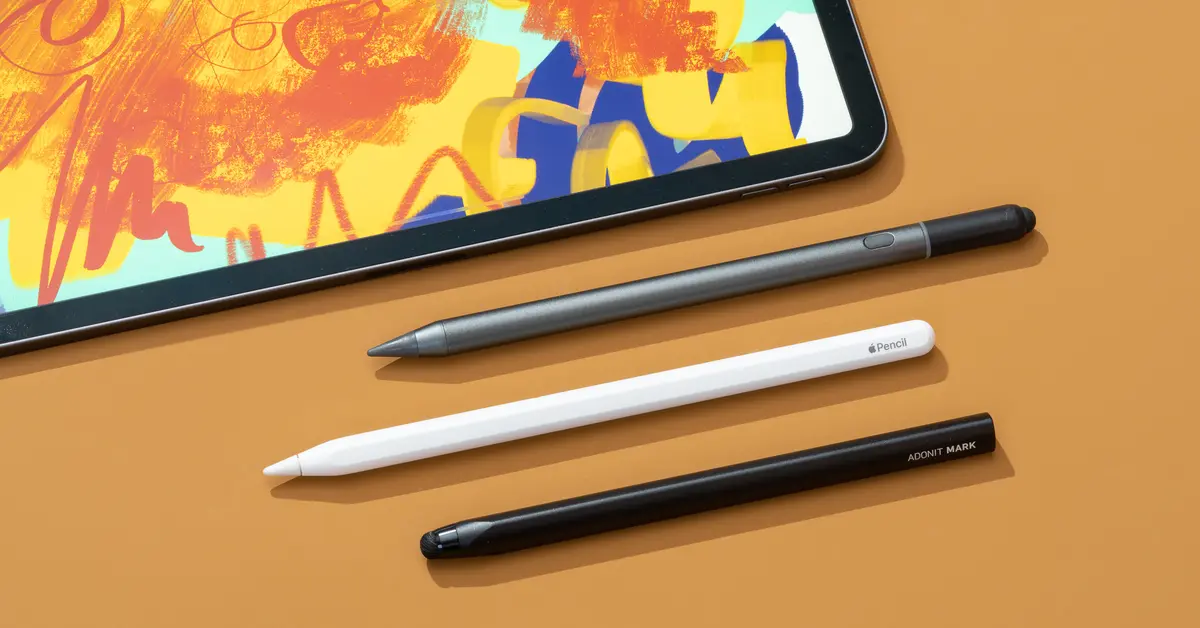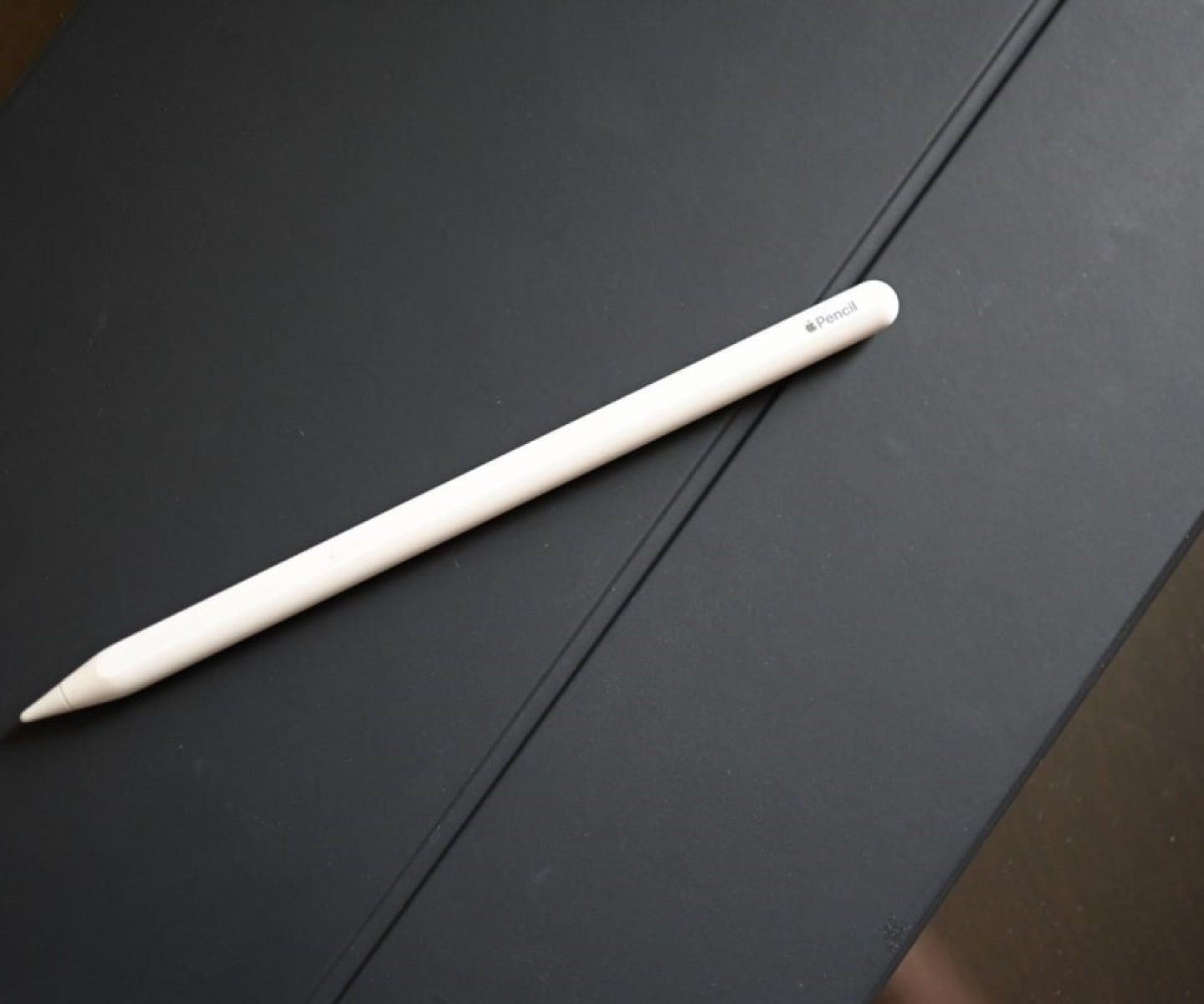Introduction
Introduction
Whether you're an artist, designer, student, or professional, the stylus pen has become an indispensable tool for digital creativity and productivity. However, the frustration of experiencing stylus pen skipping can significantly hinder your workflow and creativity. This issue, characterized by intermittent gaps in the lines or strokes drawn with the stylus, can be exasperating, leading to subpar results and wasted time.
Understanding the causes of stylus pen skipping and exploring effective solutions can help you regain control over your digital canvas and enhance your overall user experience. By delving into the root of this problem and implementing practical strategies, you can optimize the performance of your stylus pen, ultimately improving your digital workflow and productivity.
In the following sections, we will explore the various factors that contribute to stylus pen skipping, including hardware and software-related issues. Additionally, we will provide a range of actionable tips and advanced solutions to address and mitigate this frustrating problem. By the end of this article, you will be equipped with the knowledge and tools to overcome stylus pen skipping, allowing you to unleash your creativity and maximize the potential of your digital endeavors.
Understanding Stylus Pen Skipping
Stylus pen skipping, also known as pen lag or latency, refers to the intermittent interruptions or gaps in the lines or strokes drawn with a digital stylus. This issue can manifest as delayed or incomplete pen input, resulting in a disjointed and frustrating user experience. Understanding the underlying causes of stylus pen skipping is crucial for implementing effective solutions and optimizing the performance of your digital drawing or writing tool.
One of the primary factors contributing to stylus pen skipping is the inherent latency in the digital input system. When you make contact with the tablet or touchscreen surface using the stylus, there is a brief delay before the corresponding mark or stroke appears on the screen. This delay, often measured in milliseconds, can vary depending on the hardware, software, and environmental factors. In some cases, the latency may be imperceptible, while in others, it can lead to noticeable skipping or lag.
Furthermore, the quality and precision of the stylus itself play a significant role in determining the likelihood of skipping. Lower-quality or worn-out stylus tips may struggle to maintain consistent contact with the screen, leading to irregular input and skipping. Additionally, the pressure sensitivity and responsiveness of the stylus can influence its overall performance, affecting the smoothness and accuracy of the drawn lines.
Software-related issues, such as driver compatibility, system resource allocation, and application-specific settings, can also contribute to stylus pen skipping. Outdated or incompatible drivers may fail to properly interpret and translate the stylus input, resulting in erratic behavior and skipping. Similarly, insufficient system resources, including CPU, memory, and graphics capabilities, can lead to processing bottlenecks that affect the real-time rendering of pen input.
By gaining a comprehensive understanding of the factors that contribute to stylus pen skipping, you can take proactive steps to address and mitigate this issue. In the following sections, we will delve into actionable tips and advanced solutions to improve stylus pen performance, empowering you to harness the full potential of your digital creative tools.
Common Causes of Stylus Pen Skipping
Several common factors can contribute to the frustrating experience of stylus pen skipping, impacting the precision and fluidity of digital input. Understanding these prevalent causes is essential for diagnosing and addressing the issue effectively. Below are the primary culprits behind stylus pen skipping:
- Hardware Limitations: The quality and design of the digital tablet or touchscreen device can significantly influence stylus performance. Inferior touchscreens, outdated digitizers, or inadequate sensor technology may struggle to accurately capture and interpret the stylus input, leading to skipping and latency issues.
- Stylus Tip Wear: Over time, the tip of the stylus can wear down, resulting in an uneven or unreliable contact with the screen. Worn-out tips may exhibit inconsistent responsiveness, causing skipping and inaccuracies in the drawn lines or strokes.
- Interference and Environmental Factors: External interference, such as electromagnetic interference (EMI) from nearby electronic devices or erratic environmental conditions, can disrupt the communication between the stylus and the digital device, leading to intermittent skipping and lag.
- Driver Compatibility and Updates: Outdated or incompatible stylus drivers can hinder the seamless interaction between the stylus and the digital platform. Ensuring that the drivers are up to date and compatible with the operating system and applications is crucial for minimizing stylus pen skipping.
- System Resource Constraints: Insufficient system resources, including CPU processing power, memory availability, and graphics capabilities, can impede the real-time rendering of stylus input, resulting in lag and skipping during digital drawing or writing tasks.
- Application-Specific Issues: Certain software applications may exhibit unique compatibility or performance issues with stylus input, leading to skipping and latency. Optimizing application settings and preferences for stylus interaction can help mitigate these issues.
By recognizing these common causes of stylus pen skipping, you can take targeted steps to address each factor, ultimately enhancing the performance and responsiveness of your digital stylus. The subsequent sections will delve into practical tips and advanced solutions to mitigate these issues, empowering you to unlock the full potential of your digital creative tools.
Tips for Improving Stylus Pen Performance
Enhancing the performance of your stylus pen involves implementing practical strategies and adjustments to minimize skipping, latency, and inaccuracies in digital input. By incorporating the following tips into your digital workflow, you can optimize the responsiveness and precision of your stylus, fostering a more seamless and enjoyable creative experience:
- Regularly Replace Stylus Tips: To maintain consistent and reliable contact with the screen, regularly replace worn-out stylus tips to ensure optimal responsiveness and accuracy during digital drawing or writing tasks.
- Calibrate Stylus Pressure Sensitivity: Utilize the calibration settings within your digital device or application to fine-tune the pressure sensitivity of the stylus, ensuring that it accurately captures the nuances of your drawing or writing inputs.
- Minimize Environmental Interference: Create a conducive working environment by minimizing electromagnetic interference from nearby electronic devices and ensuring stable environmental conditions to reduce disruptions in stylus communication.
- Update Stylus Drivers: Regularly check for driver updates from the stylus manufacturer or device provider, ensuring that the latest drivers are installed to optimize compatibility and performance with your operating system and applications.
- Optimize System Resources: Close unnecessary background applications and processes to free up system resources, allowing your device to allocate sufficient processing power, memory, and graphics capabilities to handle real-time stylus input without lag or skipping.
- Experiment with Different Drawing Apps: Explore alternative digital drawing or writing applications to identify the most compatible and responsive platform for your stylus, as different software may exhibit varying levels of performance with stylus input.
- Utilize High-Quality Screen Protectors: Invest in high-quality screen protectors that offer a smooth and consistent surface for stylus interaction, reducing friction and enhancing the overall precision of digital input.
- Adjust Stylus Settings: Explore the settings and preferences specific to your digital device or application to customize stylus behavior, including tip feel, stroke smoothing, and palm rejection, to optimize the overall drawing or writing experience.
By incorporating these practical tips into your digital workflow, you can proactively address common issues that contribute to stylus pen skipping, ultimately elevating the performance and reliability of your stylus pen. These adjustments and strategies aim to enhance the overall user experience, allowing you to unleash your creativity with confidence and precision.
Advanced Solutions for Stylus Pen Skipping
While basic adjustments and tips can significantly improve stylus pen performance, advanced solutions offer additional measures to address stubborn skipping and latency issues, providing a more comprehensive approach to enhancing digital input precision. Leveraging these advanced solutions can empower you to overcome persistent stylus pen skipping and elevate your creative and productive endeavors:
- Stylus Firmware Updates: Check for firmware updates provided by the stylus manufacturer to ensure that the device’s internal software is optimized for compatibility and performance with the latest digital platforms and applications.
- Stylus Compatibility Testing: If experiencing persistent skipping, consider testing the stylus with alternative devices and platforms to identify potential compatibility issues and determine the optimal environment for seamless stylus performance.
- Stylus Replacement or Upgrades: In cases where stylus pen skipping persists despite troubleshooting, consider upgrading to a higher-quality stylus model or exploring alternative stylus options that offer enhanced precision and responsiveness.
- System Performance Optimization: Conduct a comprehensive system performance optimization, including disk cleanup, software updates, and driver maintenance, to ensure that the digital platform is operating at its peak efficiency for seamless stylus interaction.
- Professional Calibration Services: Explore professional calibration services offered by authorized service providers or technical experts to fine-tune the stylus and digital device interaction, addressing complex skipping and latency issues with precision.
- Custom Stylus Configuration: For advanced users, explore custom stylus configuration options, including modifying pressure curves, tilt sensitivity, and button mapping, to tailor the stylus behavior to your specific creative preferences and workflow.
- Stylus-Specific Software Updates: Keep abreast of software updates and patches released by digital drawing and writing applications, as these updates may include optimizations and enhancements specific to stylus input performance and compatibility.
- Consultation with Technical Support: If persistent stylus pen skipping remains unresolved, consider reaching out to the technical support teams of the stylus manufacturer, digital device provider, or application developers for personalized assistance and troubleshooting guidance.
By exploring these advanced solutions and measures, you can tackle persistent stylus pen skipping with a comprehensive and systematic approach, ultimately optimizing the precision, responsiveness, and reliability of your digital stylus. These advanced strategies aim to address complex issues and empower you to fully harness the creative potential of your digital tools.







